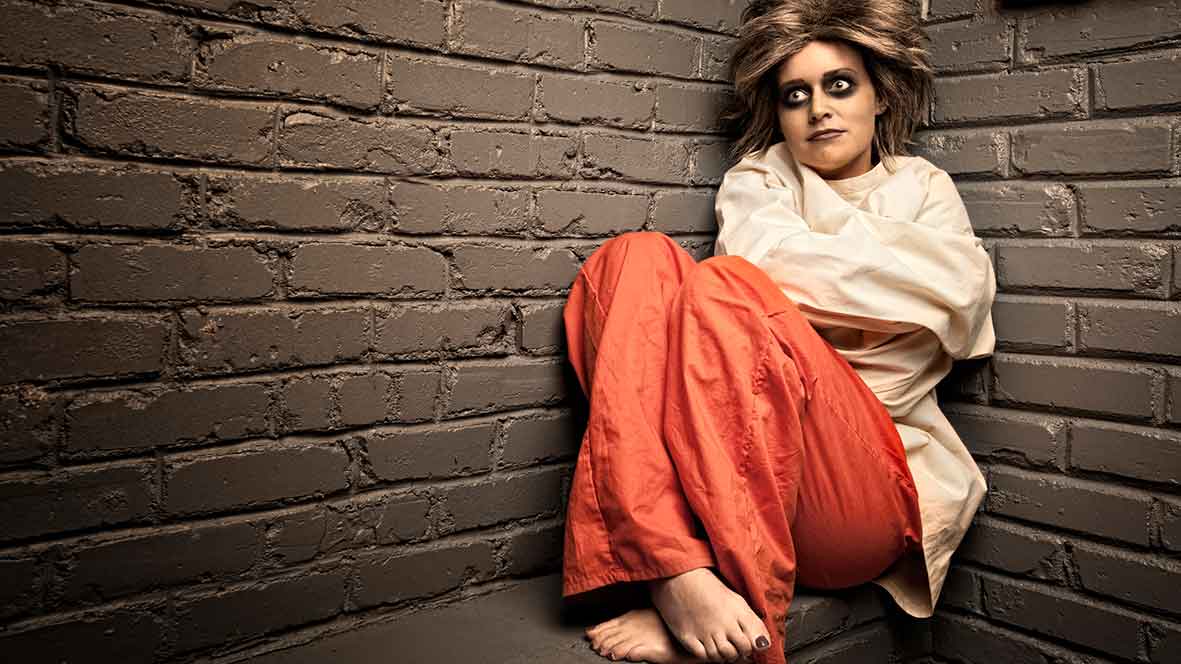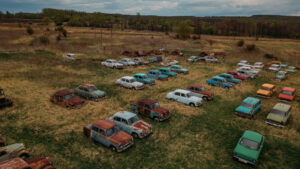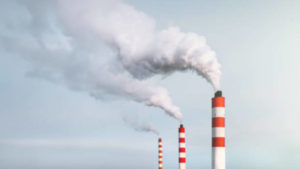Some crazy cleantech ideas investors reckon might make money one day

2019 has been a hard year for renewable energy generation developers, as technical, bureaucratic and financial hurdles have combined to make finishing projects difficult.
But these issues have uncovered new possible ways to make money from the national energy market.
Currently the main investment propositions in Australian renewable energy are to build wind or solar farms, or to buy or invest in an existing one, says Octopus Investments’ Harry Manisty.
But there are a range of edge technologies that might make money in the future.
Some, like batteries, offer immediate returns but little certainty over whether they will continue. Others, like home management systems, offer little up front revenue but the promise of future income.
Batteries
These are not home batteries, as Redflow (ASX:RFX) is doing, or off-grid as Mpower (ASX:MPR) is selling, but grid connected batteries that may or may not be backed by an offtake contract.
“Batteries are the most obvious one that is aligned to renewable energy, you have a battery that provides power and also provides ancillary services [to help stabilise the grid],” Manisty says, and there is “good money” to be made doing this now.
An example is the Hornsdale Tesla battery in South Australia, which makes most of its money from selling grid stabilising services. They’re very risky, which is why it took a figure like Elon Musk to kick the sector off.
READ: Tesla’s ‘Big Battery’ in South Australia is about to get 50pc bigger
They can also arbitrage price by charging when power is cheap and selling when it’s more expensive. The problem there, Manisty says, is that once a number of large batteries are doing this it’ll wipe that market out.
READ: The basic facts you need to know about the state of renewables in Australia
This highly uncertain revenue stream makes funding batteries difficult.
The ASX has a range of off-grid battery developers and only 1414 Degrees (ASX:14D) is attempting to turn its technology into an on-grid option.
The Clean Energy Finance Corporation (CEFC) is considering giving debt funding to merchant battery operators — those that are selling energy on the spot market rather than via pre-arranged contract — but it’s “a challenging proposition” says CEFC director Gloria Chan.
“It still does require a gutsy equity investor to be honest.”
She says 70-80 per cent of revenue comes from grid stabilising fees, and over time that reduces with the proportion attributable to price arbitrage increasing.
But she says as the market evolves and the regulatory landscape changes, there may be other emerging revenue streams or use cases for batteries that are not valued at the moment.
Bloomberg New Energy Finance released data on Tuesday that shows battery prices are down 13 per cent on 2018, at $156/kilowatt hour (KWh).
Distributed energy resources (DER)
DER faces the opposite problem to batteries: it’s not clear now where revenue might come from in the future.
ASX companies Simble (ASX:SIS), Building IQ (ASX:BIQ) and Buddy (ASX:BUD) have all struggled to sell their energy data collecting and saving concepts to customers or to investors.
BidEnergy (ASX:BID) has worked out how to make businesses pay for bill management and enabled energy retailer switching, but it has struggling to get investors to consistently back its story.
Right now, no one controls DER in Australia — the rooftop panels and batteries that, combined, totalled 8.6GW in April, a significant portion of renewable energy capacity.
The Distributed Energy Resources Register of consumer-owned devices connected to the grid that can generate or store electricity, or have the ability to actively manage energy demand has been delayed.
Chan says no one has yet worked out how to get comprehensive data on rooftop solar output without costly retrofitting to existing systems, and the question is to obtain that data most efficiently so that network service providers and AEMO can maintain a stable power system.
But CEFC is investing, in Redback, WattWatchers and Zen Ecosystems.
Synchronous condensers
These devices level out the ebbs and flows coming from a renewable energy generator so the power enters the grid as a consistent flow.
They are expensive and Australian Energy Market Operator (AEMO) has begun requiring some generators to include them in order to get a grid connection.
“It’s obviously a big impost,” says Chan, to make generators install these as there are no apparent revenue streams for them yet.
But it’s another area where, as AEMO changes how the national energy market functions over time, possible revenue streams may appear.
The CEFC invested $51m in the 200MW Kiamal solar farm this year, the first project in Australia to have been required by AEMO to install a synchronous condenser.
UNLOCK INSIGHTS
Discover the untold stories of emerging ASX stocks.
Daily news and expert analysis, it's free to subscribe.
By proceeding, you confirm you understand that we handle personal information in accordance with our Privacy Policy.








